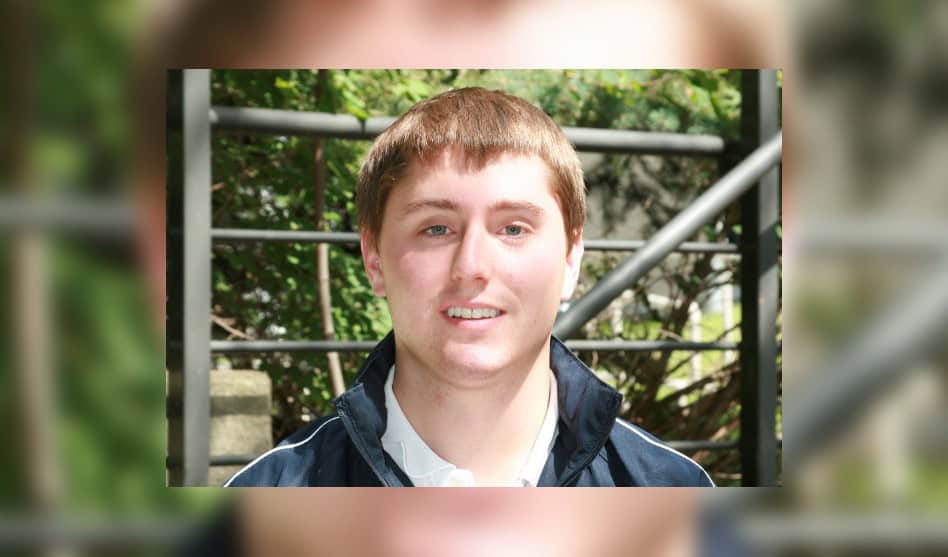HALO alumnus Mike Borghese is lead author on a paper, “Estimating sleep efficiency in 10- to- 13-year-olds using a waist-worn accelerometer,” that was recently published in Sleep Health. Citation details and a summary of the paper are below.
Borghese MM, Lin Y, Chaput JP, Janssen I. Estimating sleep efficiency in 10- to- 13-year-olds using a waist-worn accelerometer. Sleep Health. 2018;4(1):110-15.
Please click here to read the paper for free.


